Do you love Italian food? Learn How to Grow an Italian Herb Garden. This will allow you to have a fresh year-round supply of these essential cooking herbs.
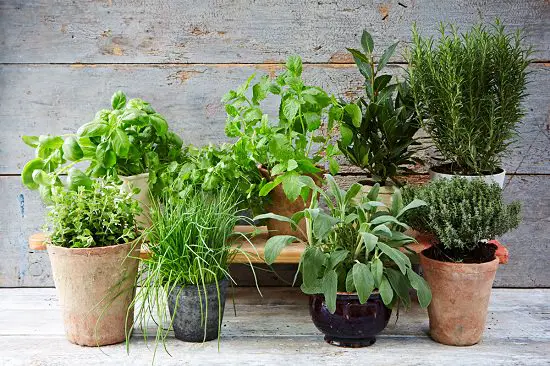
What could be a better way to enhance the flavor of your favorite home-cooked Italian recipes than to add fresh herbs to them! You can easily make your own kitchen Italian Herb Garden to have a crisp supply of these herbs all year round! As they don’t take much space to grow, all you need are some small containers on the south or west-facing window or a small balcony, and you will be good to go!
Check out the must grow herbs and vegetables for an Italian Garden here
1. Italian Parsley

Italian parsley aka the flat-leaf parsley is one of the most used herbs in Italian recipes. As it’s more flavorful than curl-leaf parsley, it is used extensively in soups, stews, pasta, seafood, vegetable sidedishes and garnishing various salads. It’s sometimes confused with cilantro, but Italian parsley has dark and shiny leaves.
How to Grow
You can grow it from seeds or cuttings or buy a young parsley plant and then multiply it further. It grows best in part sun and slightly moist soil, for more details on parsley cultivation, click here.
2. Genovese Basil

Genovese basil has a sweet taste with an anise-like aroma, it is the most popular herb in Italian cooking. This is a classic ingredient for making pesto and tomato sauce and also sprinkled on salads after finely chopping it, which adds a peppery taste to the dish. In Italy, basil is also popular for pennichella-i.e., helping in digestion during an after-lunch nap.
How to Grow
Basil plant grows best in full sunlight and doesn’t mind living in a partially shaded spot if you’re growing it in a warm climate. Always use a rich potting mix with sufficient drainage ability. Learn more basil growing tips here.
3. Thyme
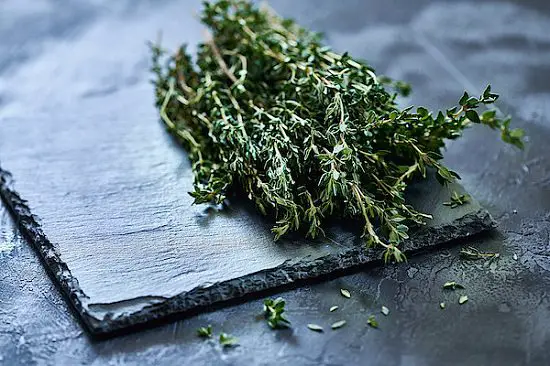
Thyme, with its aromatic properties, is widely used in grilled and roasted fish recipes like spingola and mullets. It is also extensively used in making mouth-watering Italian pasta sauces, which often features eggplant and pepper.
How to Grow
Thyme grows best in well-drained loamy soil. You can propagate it from cuttings or by layering, making sure that it receives at least 5 hours of direct sunlight. As it is a drought-resistant herb, frequent watering is not required.
4. Oregano

Like parsley and basil, oregano is also the most used herb in Italian cooking and a must-have in your Italian herb garden. It gained its popularity due to its typical aroma and pungent flavor, which it gets from a high concentration of phenolic acid. It is used in cooking grilled vegetables, sauces, meat dishes, bean dishes, and marinades.
How to Grow
You can easily grow oregano by getting it from a nearby nursery. Use a light, well-drained soil and avoid adding fertilizer to it. Keep the plant in direct sunlight as it intensifies its flavor. Water the plant only when the topsoil goes dry.
5. Sage
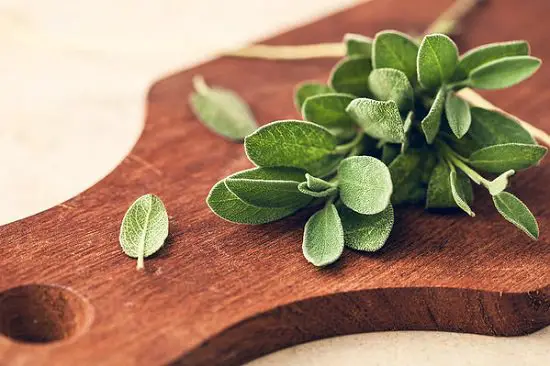
Sage, also known as ‘Salvia officinalis’, is a great plant for your garden and a major ingredient of the ‘Bouquet Garni‘. It was declared as a ‘Miracle herb’ during the Roman empire. This aromatic herb is very well known for its intense lemony fragrance and is used majorly in tea, roasted and grilled meat, bean soup, pasta, etc.
How to Grow
The easiest way to grow sage is from cuttings in loamy soil with moderate fertilization. The plant loves to be in direct sunlight and requires watering only when the soil goes dry. Re-pot the plant once it outgrows the old one. To learn more about growing sage, click here.
6. Rosemary
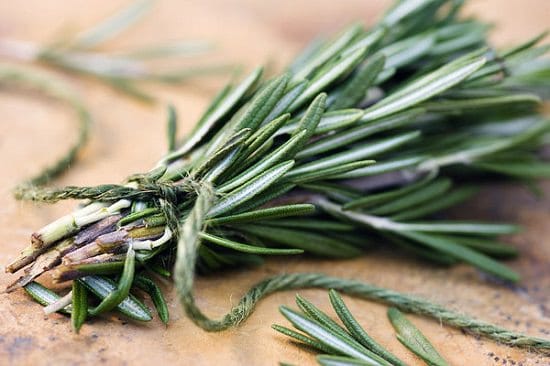
Rosemary is an Italian evergreen shrub, used for culinary purposes, from Scotland to Rome. It is an important ingredient used in Italy for preparing vegetables like roasted potatoes, mushrooms, etc. It also produces flowers that are important for honey bee production as well.
How to Grow
Rosemary does well in well-drained soil. As the herb has a philia towards warmth, so placing it under direct sunlight is most important. Use a pot that is about 8-10 inches and repot it into a bigger one when the plant outgrows the old one.
You must check out our article on growing rosemary indoors here.
7. Bay Leaf
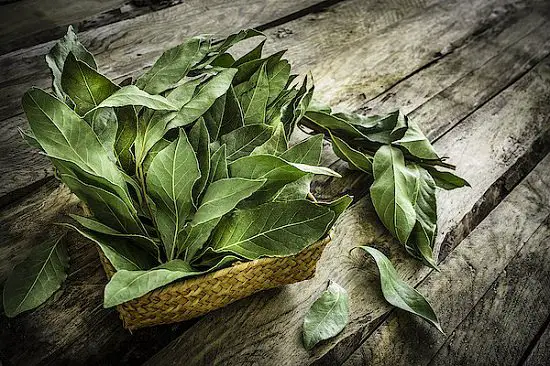
Bay leaf is an aromatic leaf from Laurel tree and is one of the major parts of classic “Bouquet Garni”. It serves as an important ingredient while making vegetable pickles, Italian meat, and fish dishes. The essential oil named ‘Canelo’ is extracted from this plant as well. It also adds important flavors to broth and stocks and is a principal ingredient in their preparation.
How to grow
Bay leaf warm temperatures and loves full sunlight as its a Mediterranean herb. Protect the plant from frost and cold winds. Pruning, thinning and mulching must be done on a regular basis, for its excellent growth.
8. Fennel
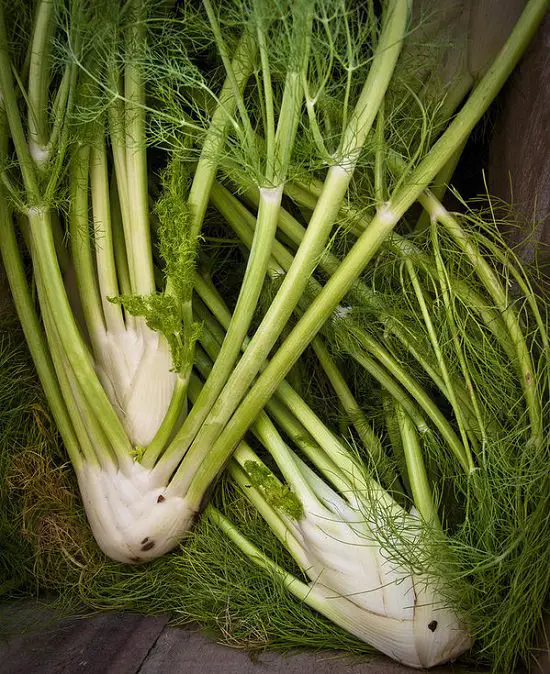
Fennel belongs to the carrot family and has a white, fibrous ‘bulb’, which is a major part of the Italian kitchen spice cabinet. It is highly admired for its use in Antipasti and herbal tea, due to its licorice taste. Many Italian chefs extensively use chopped and sliced fennel leaves while grilling and braising. Fennel seeds pair nicely with fish dishes too. It is also chewed directly after a meal, to cut the sweet craving.
How to grow
You can grow fennel from seeds, provide it 6 hours of direct sunlight, rich and moist soil for best growth. Due to long taproots, plant it in a large pot.


